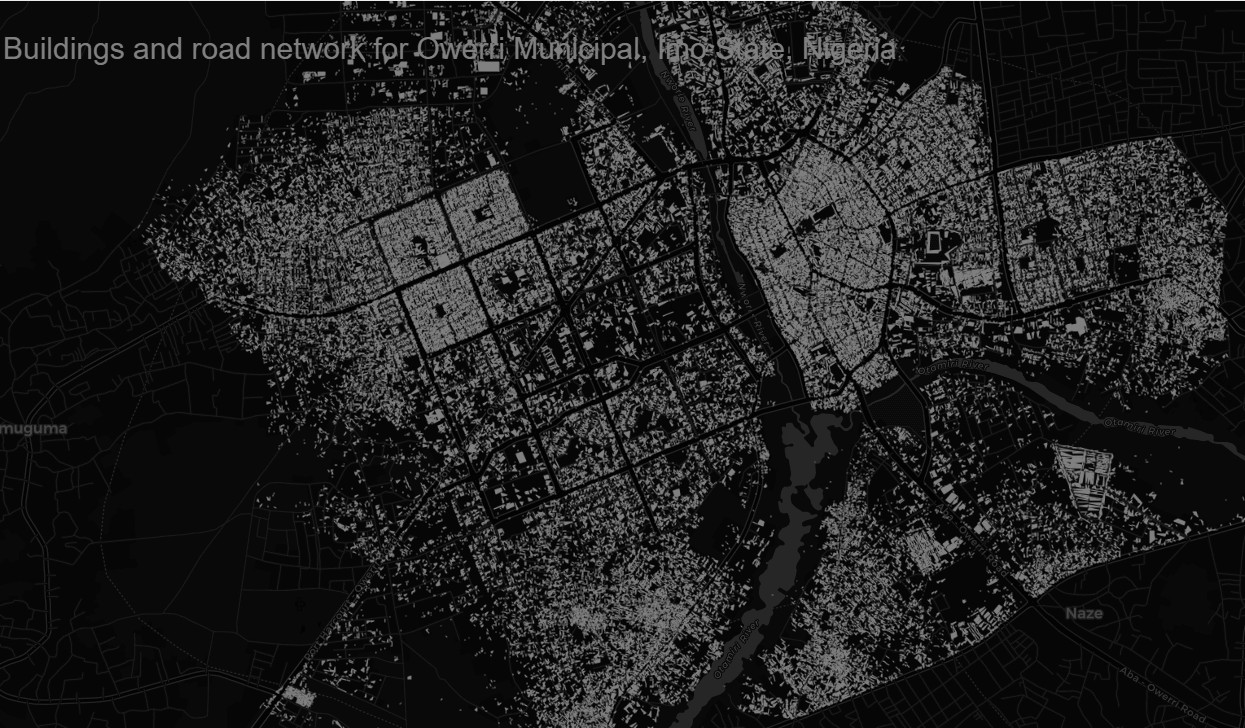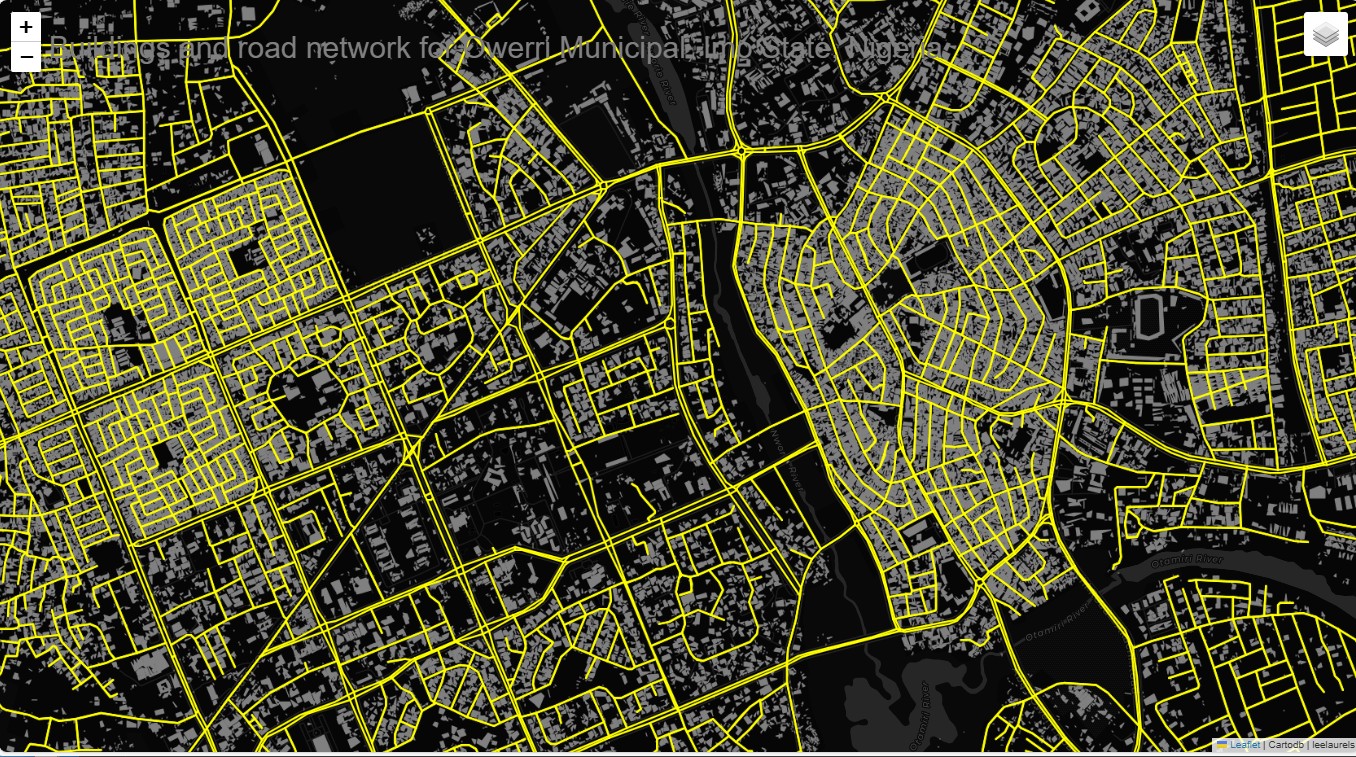Estimating taxation for an area using building footprints is a common approach in urban planning and revenue generation. Building footprints can provide valuable information such as the size, type, and location of structures, which can be used to estimate property taxes or other forms of taxation. Below, we will discuss attempts at methods to use building footprints for taxation estimation implementation for any area in Nigeria.
Click the states to see the maps and estimated sums – Abia, Imo, Kaduna, Oyo

What Are Tenement Rates?
Tenement rates, also known as property rates, are taxes levied on the owners or occupiers of landed properties, including residential, commercial, and industrial buildings. These rates are typically calculated based on the value or size of the property and are a significant source of revenue for local governments worldwide. In Nigeria, tenement rates are legally recognized as a revenue source for local governments under the Fourth Schedule of the 1999 Constitution and various state laws.
Despite their potential, tenement rates remain underutilized in Nigeria due to poor enforcement, lack of accurate property data, and low compliance rates. Building an effective tenement rate system can provide local governments with a steady stream of revenue to fund critical projects and improve service delivery.
Methods to Estimate Taxation Using Building Footprints
Click the states to see the maps and estimated sums – Abia, Imo, Kaduna, Oyo
Click to see building footprints – delay may occur

What we did and Our Assumptions
We assumed a uniform distribution – that every number within a specified range has an equal chance of being selected, using this we assigned building categories randomly to buildings in each LGA and applied the tax category values to the base property value of 60,000,000.00.
We then simulated property values for different types of buildings with financial models.
Assumed Values:
Base property Value = 60,000,000.00
Recreational | Residential | Commercial | Others | House Value | |
Tax High% | 0.30% | 0.40% | 0.60% | 0.70% | 60,000,000.00 |
Tax Low% | 0.01% | 0.01% | 0.01% | 0.01% |
|
180,000.00 | 240,000.00 | 360,000.00 | 420,000.00 | Value (Naira) per annum (High) | |
6,000.00 | 6,000.00 | 6,000.00 | 6,000.00 | Value (Naira) per annum (Low) |
Margin of error = ±0.01%
The Way Forward
Building tenement rates as a sustainable revenue source for local governments in Nigeria requires a holistic approach that addresses the challenges of data collection, enforcement, public awareness, and accountability. By leveraging technology, simplifying processes, and demonstrating the benefits of compliance, local governments can unlock the full potential of tenement rates.
Ultimately, tenement rates are not just about revenue generation; they are about building a partnership between local governments and their citizens. When property owners see the tangible benefits of their contributions, they are more likely to comply willingly, creating a virtuous cycle of development and prosperity.
Conclusion
Tenement rates represent a significant yet underutilized revenue source for local governments in Nigeria. By prioritizing property enumeration, leveraging technology, strengthening enforcement, and promoting transparency, local governments can build a robust tenement rate system that provides the financial resources needed to drive development and improve service delivery. The time to act is now—by investing in tenement rates, local governments can lay the foundation for a brighter future for their communities.
Do you want to explore further building footprints benefits to your processes? Contact our geospatial data & decisions specialists for a customized assessment. (info@leelaurelgs.com, +2348062905881, +234817409633)
Contact Us
leelaurelsGS
Tel +234 8177409633, +2348062905881,
email – info@leelaurelsgs.com
website – leelaurelsgs.com
